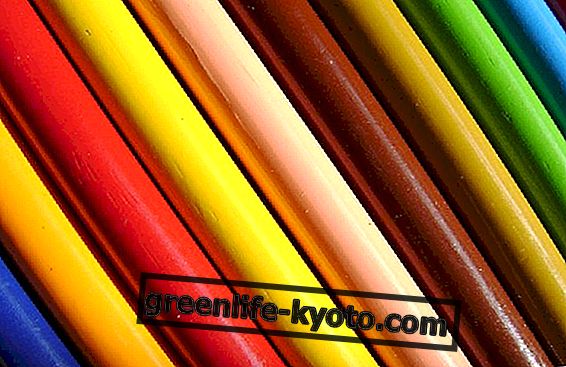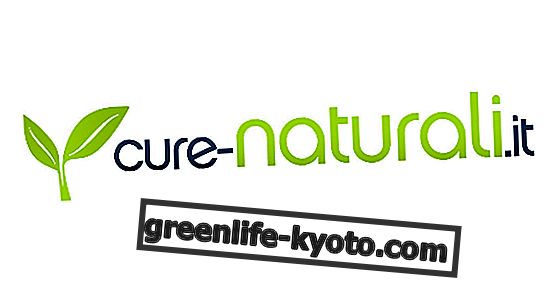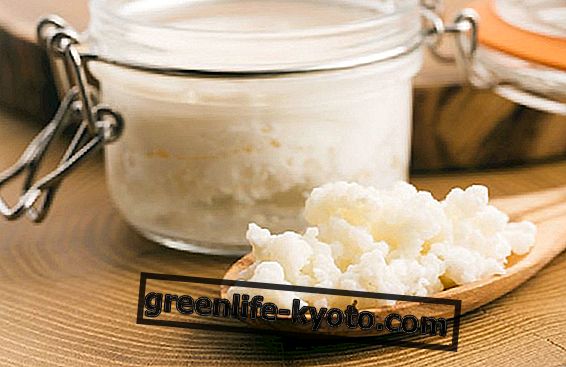
Purify office air with evergreens
There may be several toxic substances in the domestic environment, from benzene to formaldehyde, passing through trichlorethylene ; electromagnetic fields never fail, especially in offices, and we find them when we work with computers , video terminals , cell phones or telephones .
In addition, other disturbing factors are excessive noise, dry and dusty air, poor air exchange ; when the lack of negative ions and the overcrowding of spaces also comes into play, the level of daily endurance suffers.
In practice, there are many elements that can bring pollution into the workplace, particularly within the walls of a city office.
All this beautiful picture in which many people will recognize themselves, does nothing but increase stress and tension, physically linking the release of free radicals with consequent damage and premature aging of the organism and tissues.
But there are some tricks to be able to live better, even in this fragrant. Here the plants friends come to us who, although not doing miracles, contribute to reducing pollution and reducing the consequences of the oxidative stress of those who frequent these areas for most of the day.
In the 80s he was the doctor and researcher of NASA BC Wolverton (see reference at the bottom of the page) to indicate which 50 plants could be particularly active against domestic pollutants , seeing that the most effective belong to the Aracee and Liliaceae families, especially the latter, as rich as they are in sulfur substances and essential oils.
The ten plants for a healthy office
Let's briefly see what are the ten plants to consider in Italian latitudes, to purify the air in the office, indoor vegetation also represented by easy-to-grow plants, ideal for creating a relaxing atmosphere, even in the workplace.
1. Aglaonema modestum

Of the Araceae family. Comes from the marshy areas, originally from China, it seems perfect for living in homes and offices.
With lanceolate leaves, it is very ornamental and the varieties range from dark green to variegated light green varieties; produces a white inflorescence, like those of Spathiphyllum, an anti-pollution plant similar to this one.
Easy to grow, it gets wet about every five days when it's hot, spraying it from time to time and placing it in a bright area but not in direct sunlight. Helps eliminate benzene and toluene.
2. Aloe vera

There are over 200 types of the Liliaceae family! Originally from India, it prefers sandy and well-drained soils, with very little watering and zero water stagnation. You can give the cuttings to a friend as a present and have them rooted in a vase. The brighter parts of the house are preferred, even with direct sunlight. Helps eliminate formaldehyde .
3. Areca Palm
O Palma Areca, botanically known as Dypsis lutescens, a palmacea of the Arecaceae family that comes from Madagascar. He sits in a well-lit area of the office, but not in direct sunlight. We recommend spraying the plant, especially when, in winter, the air becomes drier. He loves the damp soil, but not the stagnation. Formaldehyde, xylene and toluene are his favorites.
4. Epipremnum or Scindapsum aureum
Known as Pothos, it is a climbing plant of the Areaceae family . Widespread in tropical areas, it is also good in our homes. Very ornamental and easy to grow, potos can also be simply placed in jars full of water and dropped wherever you want.
It is a very absorbent evergreen, benzene, formaldehyde and other harmful substances, but due to the particular toxicity of the green parts of the plant, it is good to prevent pets from swallowing or chewing them.
5. Ficus Benjamin
Of the Moracee family, it can be grown both as a bonsai and in a natural way, making sure that it can become very high indeed! This plant can be grown at home, in the office or in the garden as outdoor furniture.
Its purifying properties include filtering formaldehyde, trichlorethylene and benzene. The plant is very long-lived and decorative.
6. Hedera helix

The common ivy of the Araliaceae family; spontaneous and typical of the Italian flora, it can be grown in pots and even indoors, in the office. Very “easy care”, the plant must be positioned in a bright area, away from direct sunlight.
It should be watered regularly, sprayed occasionally because it does not tolerate dry air. Benzene and trichlorethylene are the main toxic substances that it absorbs.
7. Mini Shefflera
It belongs to the Araliaceae family ; very resistant and rustic, it is easy to grow and very beautiful in terms of its decoration. It removes harmful chemical vapors, such as benzene, formaldehyde and trichlorethylene that come from paints, wallpapers, furniture and plastic furnishings.
8. Philodendro
It belongs to the family of the Areaceae, it is a plant suitable for luminous offices, but it cannot stand the direct sun; loves abundant and frequent watering. Formaldehyde is mainly carried away.
9. Nephrolepis exaltata or Boston Fern
Belonging to the family of the Polypodiacere family, its species is native to tropical areas. Its pinnate leaves can reach up to two meters, are very ornamental and ideal for cultivation in apartments.
It should be kept constantly moist, without stagnation, with a good nebulizer or with expanded clay in the saucer. Formaldehyde, xylene and toluene are taken away .
10. Sansevieria trifasciata

Also called mother-in-law tongue or snake plant. It belongs to the Liliaceae family. Its leaves erect, fleshy, light green and silver can reach a meter and a half in height. This plant needs brightness, but not direct sunlight.
Like all the succulents, they don't need much water but they are fertilized once a month . The use of saucers should be avoided and when it gets wet the water should be lukewarm: it does not like neither thermal shocks nor cold air. Benzene and trichlorethylene are its preferred toxic substances.
Reference book : " Health and wellness with plants " by Brigo Bruno
Reference site: NASA research "Interior landscape plants for indoor air pollution abatement"













